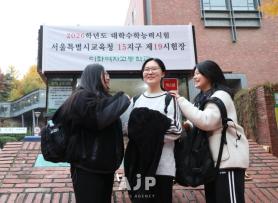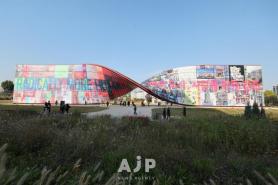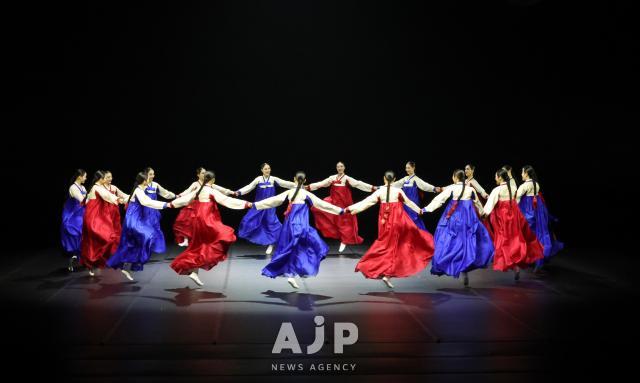
SEOUL, November 13 (AJP) - Korean traditional dance is finding fresh resonance with the public, as a new generation of young choreographers reimagines age-old movements for the era of social media and digital platforms.
Their works, which recast the breath, rhythm and restraint of classical Korean dance in contemporary form, have been circulating widely online, drawing viewers who might never have encountered the tradition onstage.
That momentum has also spilled onto television. On the cable network Mnet’s competition series “Stage Fighter,” dancers have won over audiences with performances that fuse the emotional power of Korean dance with a sleek, modern visual language. What once risked being preserved only as restoration is now emerging as a creative vocabulary of its own — one that suggests a different kind of future for Korean performing arts.
The idea that “tradition does not stay in the past” has become something of a guiding principle. Recent productions have captivated audiences by translating centuries-old gestures into the idiom of today. So did the 2025 Korea Traditional Dance Festival, held Oct. 30–31 at the National Theater of Korea, which drew notable attention amid the broader revival.
Classic forms such as Taepyeongmu, long associated with the poise and dignity of royal court culture; Ganggangsullae, a communal circle dance that celebrates collective joy; and Bokkaechum, a refined fan dance that highlights beauty through the subtlest movements of the fingertips, were all reimagined onstage.
Having moved beyond an era in which traditional dance was confined to court ritual or folk heritage, the form is now widening its reach. By merging choreography with music technologies, cinematic lighting and video art, Korean traditional dance is stepping decisively into the realm of contemporary performance.
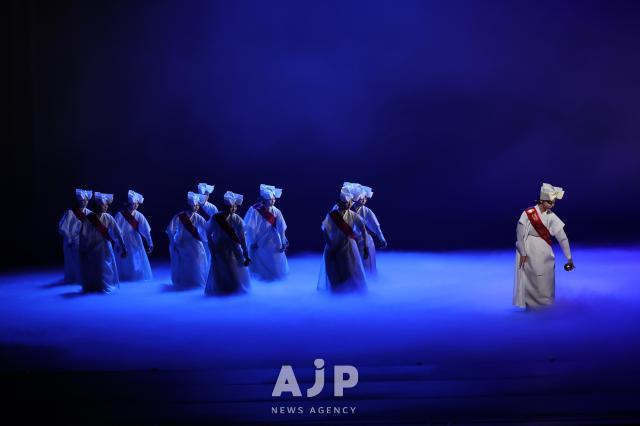
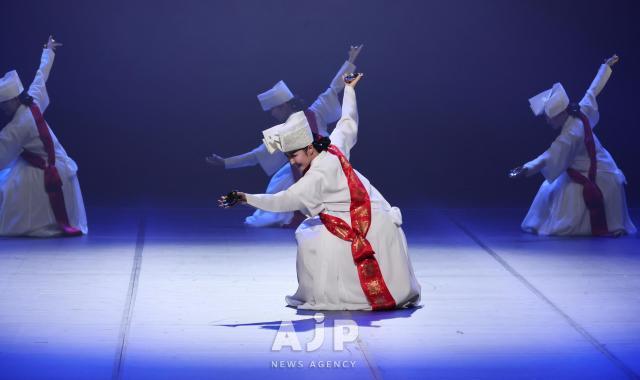


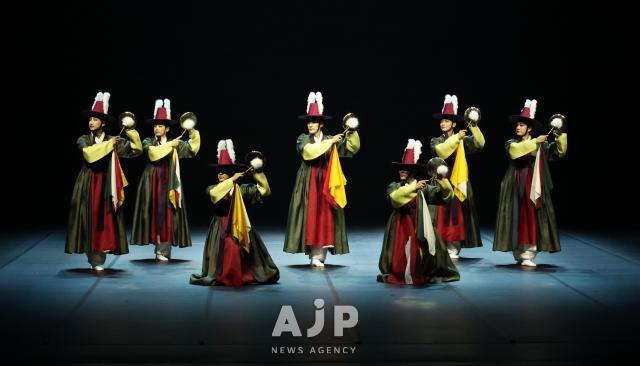


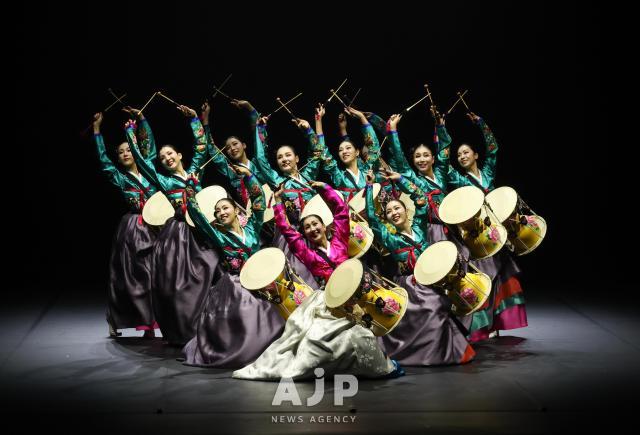
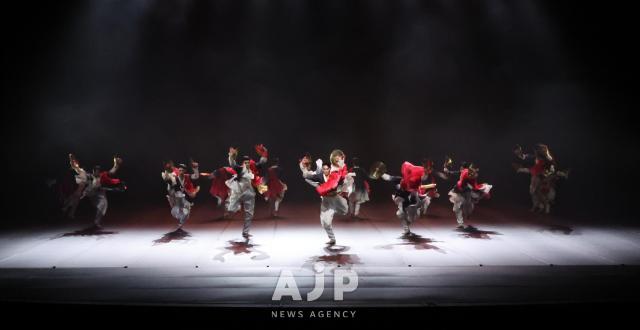
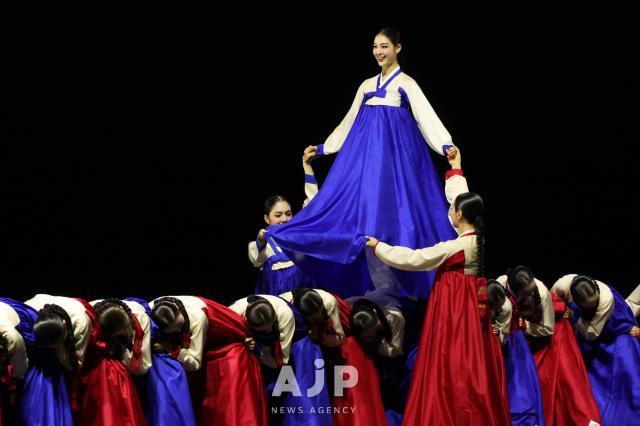

Copyright ⓒ Aju Press All rights reserved.

